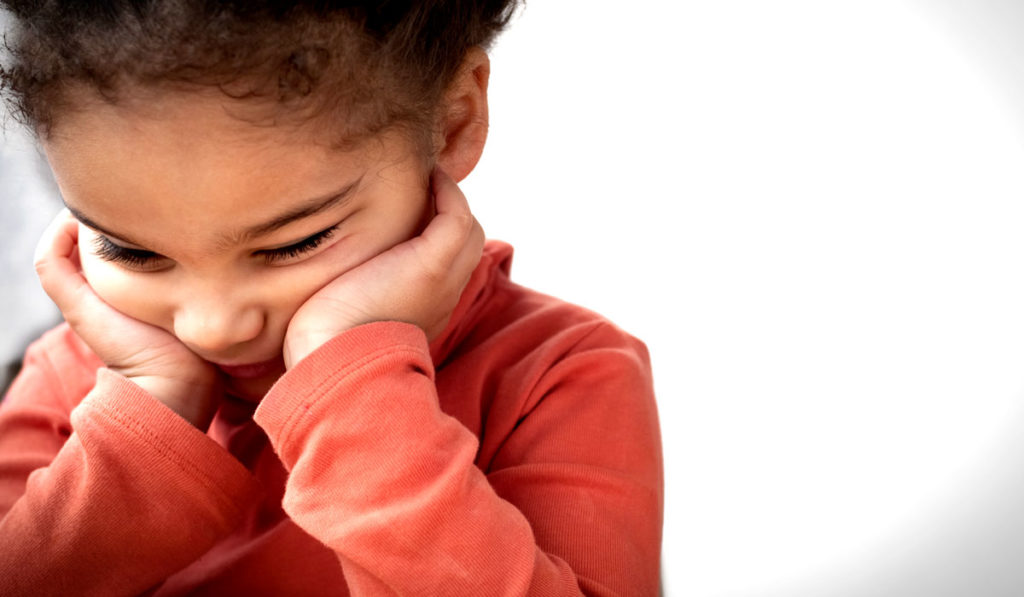Schizophrenia is a heterogeneous disorder, with patients exhibiting diverse clinical manifestations. Identifying pre-morbid factors that account for variability in schizophrenia is of interest to improve the identification of predisposed individuals and to provide more personalized, effective treatment.
New research suggests childhood inhibited temperament may be a pre-morbid difference to target in preventative interventions. “Inhibited temperament means that you’re very wary and cautious of new things,” said Jennifer Blackford, Ph.D., a professor of psychiatry and behavioral sciences at Vanderbilt University Medical Center. Blackford is senior author on a new study in Psychiatry Research reporting that patients with schizophrenia have higher levels of inhibited temperament.
The investigators also found inhibited temperament is associated with distress, anxiety and reduced quality of life, suggesting that this subgroup of schizophrenic patients may benefit from additional treatment for anxiety and depression.
Identifying the Association
Blackford picked up on clues of the association between schizophrenia and inhibited temperament several years ago while collaborating with Stephan Heckers, M.D., professor and chair of the Department of Psychiatry and Behavioral Sciences at Vanderbilt and an author on the study.
“I sat in on clinical meetings as they described the patients in their studies, and I realized that there was a group that sounded like they had inhibited temperament as a kid,” Blackford said. “That really piqued my interest. Might there be this subgroup of very shy, cautious, inhibited patients with schizophrenia that are different than other patients?”
“Might there be this subgroup of very shy, cautious, inhibited patients with schizophrenia that are different than other patients?”
Testing the Hypothesis
Using self-reported measures of child inhibited temperament, clinical symptoms and quality of life, the investigators confirmed that patients with schizophrenia have significantly higher levels of inhibited temperament compared to healthy controls. In total, they studied 166 participants with schizophrenia spectrum disorders and 180 participants who served as healthy controls.
“We were also thinking about this as a potential subgroup of patients with schizophrenia. Within these patients, we also wanted to know if inhibited temperament was linked to any types of symptoms,” said Brandee Feola, Ph.D., a postdoctoral fellow and first author on the study.
Patients with higher inhibited temperament also had higher levels of anxiety, depression, distress, and lower quality of life. The researchers found no association between higher inhibited temperament and differences in either positive symptoms, like hallucinations, or negative symptoms, like disorganized thought behavior or poor hygiene. “So, it’s not that you have more severe hallucinations or delusions, or worse negative symptoms,” Blackford said. “It’s really this extra anxiety, depression and distress.”
Recognizing Anxiety as a Domain of Psychosis
Blackford is eager for the Diagnostic and Statistical Manual of Mental Disorders (DSM) to include the measurement of anxiety as one of the dimensional domains of psychosis.
“Across studies, 30 to 50 percent of patients with schizophrenia have an anxiety disorder and social anxiety disorder is most prominent.”
“What’s remarkable to us is that anxiety is not part of any criteria of schizophrenia. Across studies, 30 to 50 percent of patients with schizophrenia have an anxiety disorder and social anxiety disorder is most prominent. That is especially interesting to us because our previous meta-analysis showed that inhibited temperament significantly increases risk for social anxiety disorder,” Blackford explained.
“For us, the primary thing to highlight is that patients with schizophrenia experience a lot of anxiety and depression, and this affects patient’s report of how their life is going. But right now, treatments are the same across the board.”





